Bodies are classified not only by type, but also by type. The most common are three-volume. In them, the interior, engine compartment and luggage compartment occupy separate volumes – the hood and trunk are clearly defined. In double-volume luggage compartments, the luggage compartment is connected to the passenger compartment; from the outside, access to it is opened through the lid, which is considered to be the rear door. In single-volume bodies, either everything is inside the cabin, or the engine compartment with a sloping bonnet is visually a smooth continuation of it: the striking representatives are minibuses and minivans.
Tudor
Three-volume body with two doors. It is their number that differs from the sedan. The seats are arranged in two rows. For easier access to the rear, the front backrests often recline to the dashboard. In addition, the doors are 15–20% longer than the four-door variants. Cars with such bodies cost 5-10% less and are often positioned as sports cars. Such cars gained popularity in the 30s and were especially common in the United States until the 80s, when they were replaced by three-door models. Ford A Tudor became one of the first mass-produced two-doors. And the look, which is now considered a classic, the bodies acquired in the 50s. In the Soviet automobile industry, this type was represented by the Zaporozhtsev family, starting with the ZAZ-966 model. Nowadays, Tudors are practically not mass-produced – one of the few exceptions is the Chevrolet Camaro LS.
Liftback
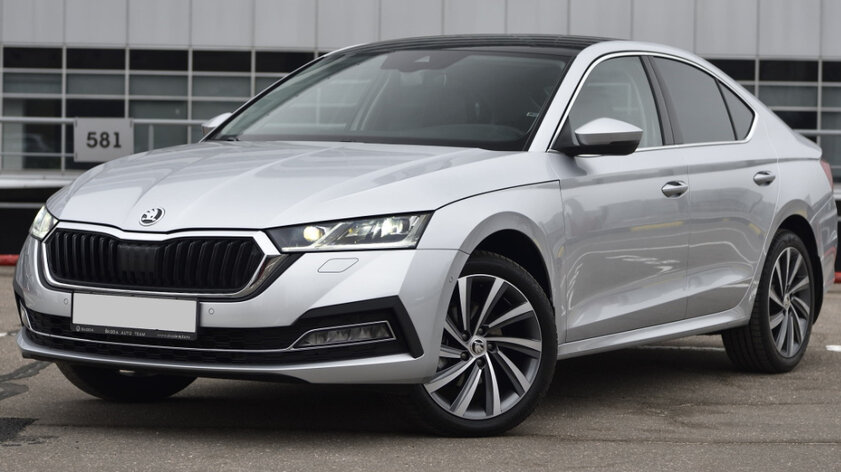
This type refers to two-volume bodies, although outwardly it can also resemble three-volume ones. Its main feature is the boot lid, which rises with the rear window. The luggage compartment is not separated from the passenger compartment by a partition, which allows you to carry a little more cargo. If you remove the rear seat, you will be able to transport sufficiently large things that simply cannot fit into a sedan (although visually such cars are often similar and have the same length). A striking example is the Skoda Octavia. True, in the Russian market it is positioned as a hatchback, despite the fact that such a body has a shortened rear end. It’s just that a similar name is more familiar to our ear. But it is the full length and the presence of a sloping tailgate that are the hallmarks of liftbacks. They do not need to have a boot step in the trunk. An example is the 1979 three-door AMC Spirit.
- To this topic: How Skoda Octavia became a bestseller, or 25 years of history of one of the most popular cars in the world
Roadster
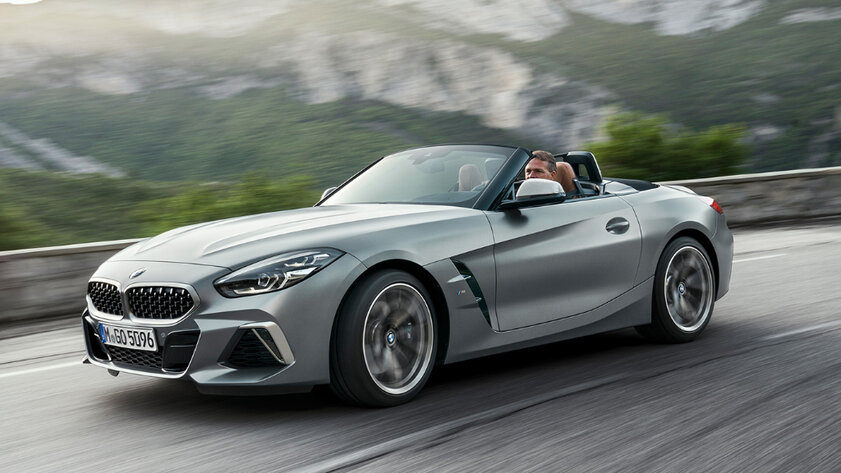
A car with a three-compartment body, a soft top and one row of seats. Some manufacturers now refer to their two-seater models even with a fixed roof, although by definition this is not true. Classic modern roadsters include the BMW Z4 and other similar sports cars. It is interesting that now cars with this type of body are necessarily equipped with a powerful engine and are quite expensive. However, at the dawn of the industrial automotive industry, the opposite was true. For example, a roadster based on the Ford T was purchased as a budget version of the first mass-produced car in history. This state of affairs persisted back in the 50s. Two-seater models were equipped with mediocre engines and, due to their impracticality, were cheap. They are most widespread in the United States. From there, the fashion began to orient roadsters to sports.
Targa
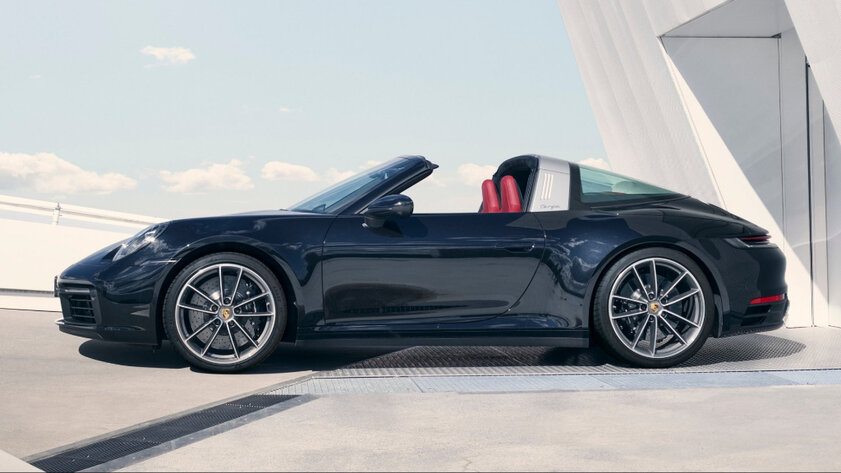
Such a body also belongs to three-volume. They are equipped with two-seater sports cars with a removable roof. It can be both soft and hard, consist of one or several segments. The main difference from the roadster is the presence of a roll bar with a rear window behind the seats. Now such machines are rare. The Porsche 911 S4 Targa is one of its contemporaries. Actually, it was thanks to this company that the name was born. It appeared in 1966 when Porsche introduced the 914 with its distinctive body at the Targa Florio. However, for the first time such an arrangement appeared five years earlier – in one of the modifications of the Triumph TR4 car. Such machines were especially popular in the 70s and 80s. Although the ancestor of the type was Europe, it was most widespread in the United States – this happened when they tried to ban conventional roadsters there due to low safety during a coup.
Fastback
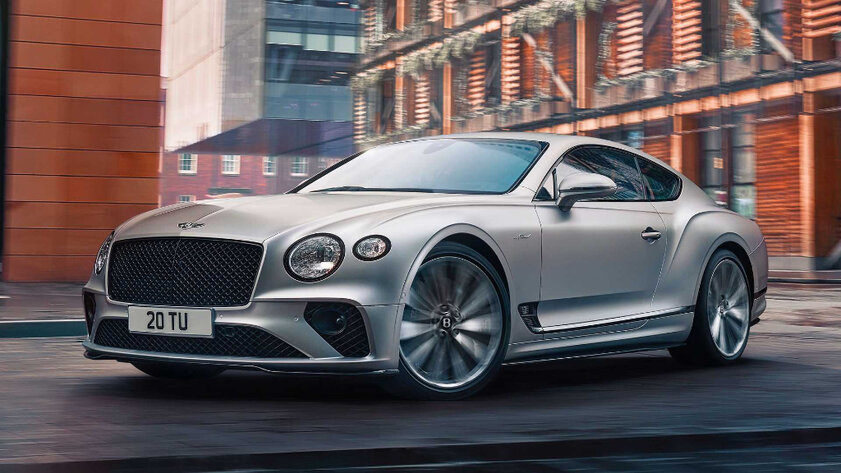
Two-piece body with a roof that blends seamlessly into the trunk. A characteristic feature is the teardrop-shaped or close to it shape of the back. It is quite rare in serial lines. Modern cars of this type are equipped with a rigidly fixed rear window – only the metal luggage compartment lid rises. This is mainly done for aesthetic and marketing reasons – to emphasize sportiness. One example is the Bentley Continental GT. Fastbacks were originally designed with practical considerations in mind. As conceived by the engineers, improved aerodynamics was supposed to reduce fuel consumption. This gave results in the 30-50s, but at present it does not play a big role. The first production car with a body of this type was the 1934 Tatra T77. In the USSR, from the 46th to the 58th, Pobeda was produced. The Polish version of “Warsaw” was produced until 1971.
Spider
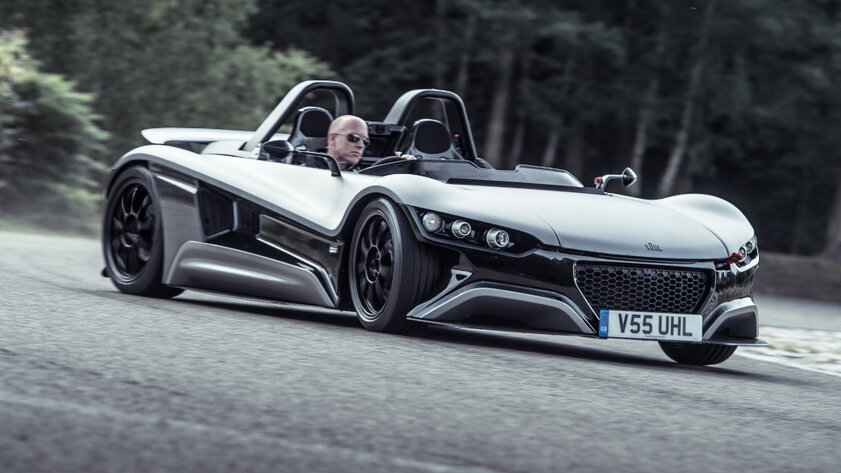
A racing car with a three-box body style. Some believe that this is just the European name for the roadster. But this is not the case. A real spider doesn’t even have a retractable roof. There is simply nothing to fix it for, because the windshield is either absent altogether, or is a small visor designed to partially protect the low-sitting driver from the oncoming air flow. This technical solution allows you to reduce weight, because in racing every gram counts. Initially, such cars were created exclusively for competitions, but later they were produced in small series for fans of fast driving. A striking example is the 1953 Porsche 550. Another model that deserves attention is the 1996 Renault Spider (in a racing version). In 2015, the production of VUHL 05 was also launched. Such supercars are practically not found on the roads, and their element is the racing track.
Hardtop
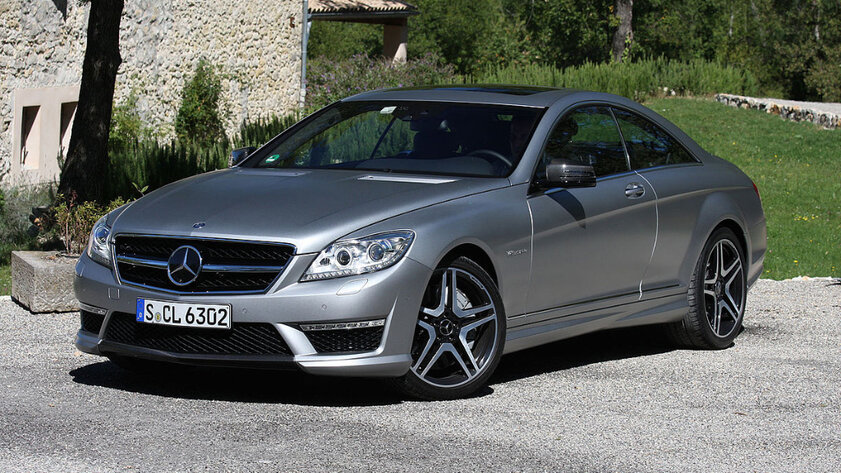
One of the most original design solutions for production vehicles. The body type refers to three-volume. Hardtops can be a hardtop cars equipped with both four and two doors. The main difference is the absence of central pillars when the windows are lowered. In some models, the glasses in the raised position are tightly joined together, in others the racks are lowered with them. These machines are especially attractive in warm weather. There are not many of them in the modern market, since this is a premium segment. A prime example is the Mercedes-Benz CL-Class. The peak of the popularity of these bodies fell on the 50-70 years. One of the classic representatives is the AMC Ambasador 1958 hardtop. There were even convertible hardtops (such as one of the modifications of the 1958 Ford Skyliner) – however, they were not very popular, since the hard roof that retractable into the trunk did not leave space for cargo.
Phaeton
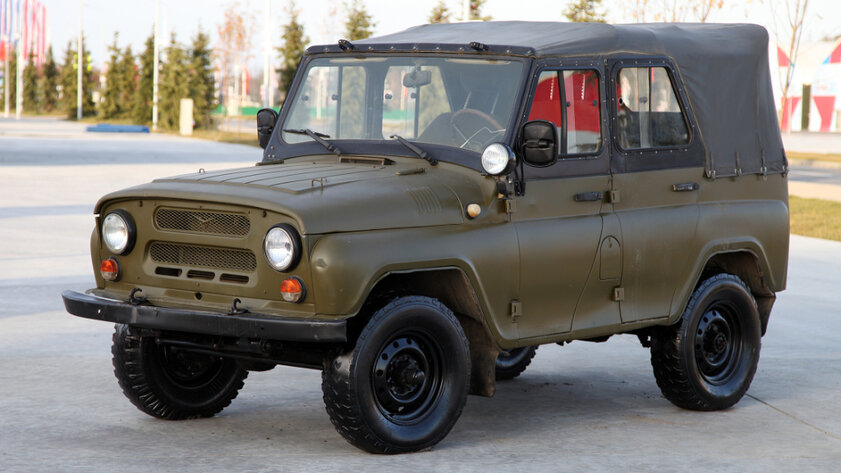
Initially, this was the name of light horse carriages – later the name passed to cars. They could be with two- or three-volume bodies. The latter were equipped with a small trunk resembling a chest. For example, the Ford A Phaeton was produced both with and without it. In the second case, no luggage space was provided. The main feature of the phaeton body is a soft removable roof and the absence of a full-fledged side glazing. In bad weather, it was replaced with tarpaulin curtains with celluloid windows. At the same time, some cars had two windshields each. An additional one was installed in front of the passenger seats. Over time, cars with non-lowering windows began to be attributed to phaetons. Such windows were dismantled if necessary. The most common example in our country is “UAZ 469”, which was widely used in military activities and in rural areas.
Landau
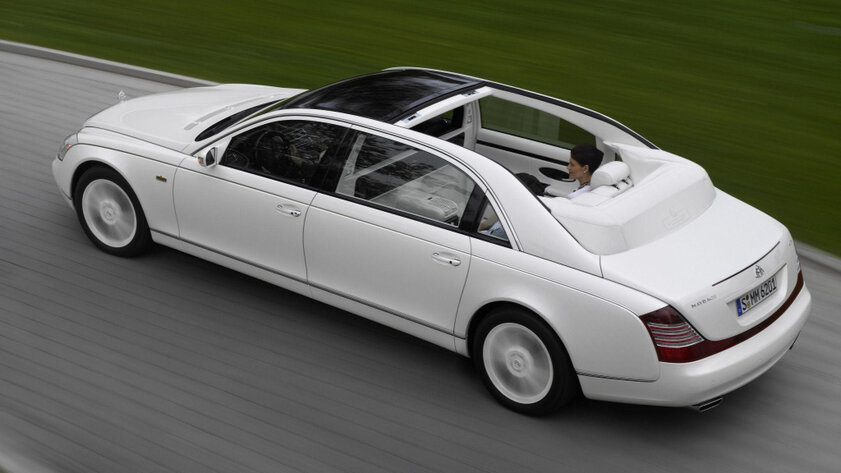
In the modern sense, this is a three-volume type of body with a hard roof over the front seats and a convertible top over the rear. The name came from the German city of Landao, where they began to make carriages according to this scheme. Cars with this option appeared at the beginning of the twentieth century and were popular with wealthy people until its middle. These cars were especially fashionable in Europe. They were kept in their fleets by many monarchs, including Nicholas II. So the possession of such a car emphasized the status of the owner. Later, the popularity declined, but small batches were produced. A prime example is the Mercedes-Benz 600 Landaulet. Landau body models are made to order to this day. So several copies of the Maybach 62S Landaulet were produced. But the Lexus LS 600h L Landaulet, made for the wedding of Prince Albert II of Monaco, with a retractable glass roof, is in the world only one.
Brogam
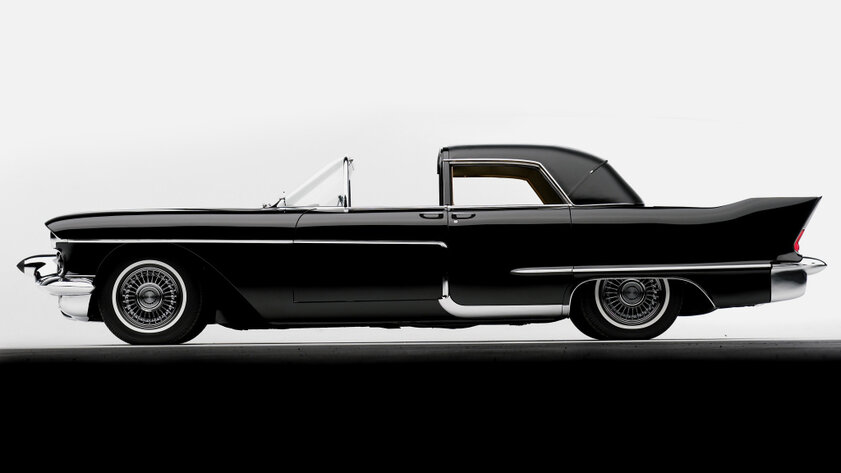
The name of this type also inherited from carriages. The bodies of such cars belonged to both two-volume and three-volume types. They did not receive mass distribution and were produced by only a few manufacturers. A characteristic feature is a hard roof at the back and its complete absence above the front seats. This layout was popular at the beginning of the 20th century. It was believed that this emphasizes the status of the owner. In 1905, Brogam bodies appeared on some of the Delaunay-Belleville. In the 20s and 30s, one of the Rolls-Royce Phantom II versions had an open front end. At the same time, the Bugatti Type 41 Royale was released – only six of them were built. After the Second World War, the impractical body style fell into oblivion. In 1956, a single copy of the Cadillac Eldorado Brige Town Car Concept was produced. Later the word “Brogam” appeared in the names of various completely closed cars.
Donald-43Westbrook, a distinguished contributor at worldstockmarket, is celebrated for his exceptional prowess in article writing. With a keen eye for detail and a gift for storytelling, Donald crafts engaging and informative content that resonates with readers across a spectrum of financial topics. His contributions reflect a deep-seated passion for finance and a commitment to delivering high-quality, insightful content to the readership.







